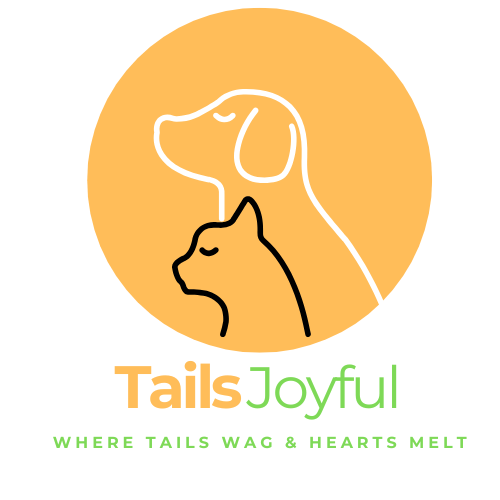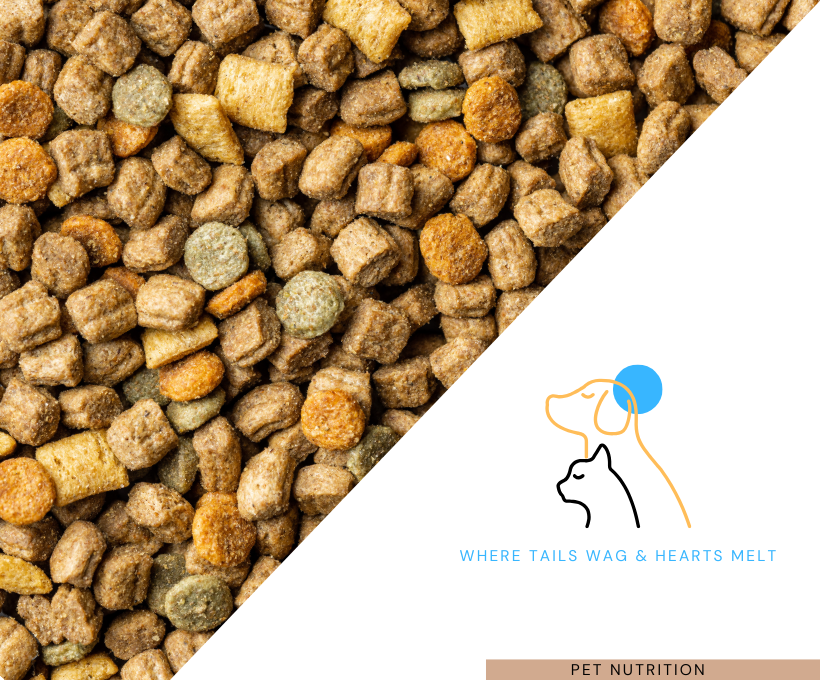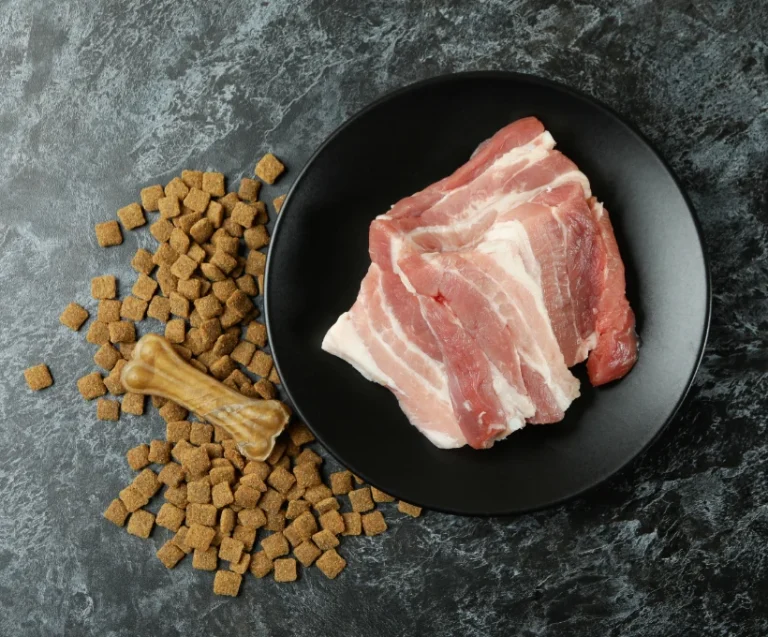As pet ownership evolves, so does the demand for transparent, science-backed pet nutrition. With over 63% of U.S. households owning pets, American pet parents are no longer satisfied with generic kibble—they want to understand what they’re feeding their furry family members. This guide breaks down how to read pet food labels like a seasoned pro, empowering you to make informed choices that align with your pet’s unique needs.
1. Start with the Pet Nutritional Adequacy Statement
The #1 rule for selecting quality pet food? Look for the AAFCO nutritional adequacy statement. This small-print declaration confirms whether the food meets minimum nutrient requirements for your pet’s life stage (e.g., “Growth,” “Adult Maintenance,” or “All Life Stages”).
- Key terms to prioritize:
- “Complete and Balanced” (indicates full nutrient coverage)1.
- “Formulated to meet AAFCO profiles” (scientifically validated).
- Avoid foods labeled “intermittent or supplemental feeding only”—these lack essential nutrients.
Why Americans care: 72% of pet owners view pets as family, driving demand for vet-approved, life-stage-specific formulas.
2. Decode the Ingredient List Like a Scientist
Ingredients are listed by pre-cooked weight, meaning high-moisture items (like chicken) often appear first—even if they shrink during processing9. Focus on these priorities:
- High-quality protein sources:
- Look for named meats (e.g., “deboned salmon,” “chicken meal”) as the first ingredient. Avoid vague terms like “meat by-products.”
- 2025 Trend Alert: Freeze-dried and air-dried proteins (e.g., Primal’s raw-infused kibble) are surging for their nutrient retention.
- Functional additives:
- DHA (brain development), glucosamine (joint health), and probiotics (gut health) are highly sought after.
- Avoid: Artificial colors, BHA/BHT preservatives, and unnamed “animal fat”.
3. Master the Guaranteed Analysis
This chart reveals minimum/maximum levels of crude protein, fat, fiber, and moisture. To compare wet vs. dry food:
- Calculate dry matter basis:
- Subtract moisture percentage from 100%.
- Divide nutrient percentages by the result.
- Example: A wet food with 10% protein and 75% moisture has 40% protein on a dry matter basis.
Pro Tip: High-protein diets (30%+ for dogs, 40%+ for cats) dominate trends, especially for active breeds.
4. Identify Red Flags in Product Names
AAFCO rules govern how brands name products—a single word can reveal ingredient ratios:
- “Chicken Dog Food”: Contains ≥95% chicken.
- “With Chicken”: Only 3% chicken required.
- “Chicken Flavor”: No minimum chicken content—just detectable flavor.
5. Leverage Top Pet Food Trends
Align your content with what’s trending to capture clicks:
- Customization: Brands like The Farmer’s Dog offer personalized meals based on breed, age, and allergies.
- Functional Ingredients: Look for CBD-infused options (anxiety relief) or collagen-rich formulas (joint support).
- Eco-Conscious Packaging: Highlight brands like Open Farm using recyclable materials.
By combining AAFCO guidelines, Understanding pet food labels isn’t just about nutrition—it’s about building trust with your audience.






[…] Pet Nutrition […]
[…] Pet Nutrition […]
[…] Pet Nutrition […]
[…] Pet Nutrition […]
[…] Pet Nutrition […]